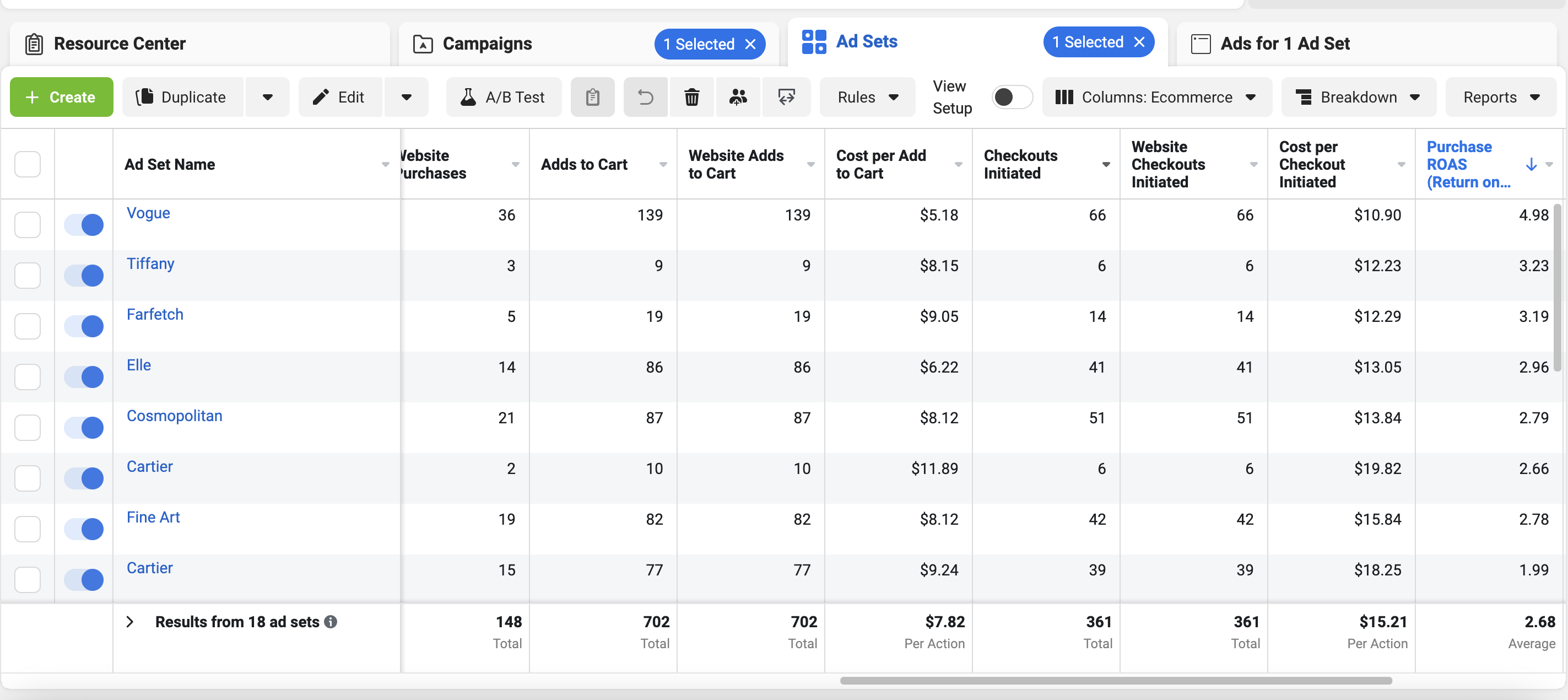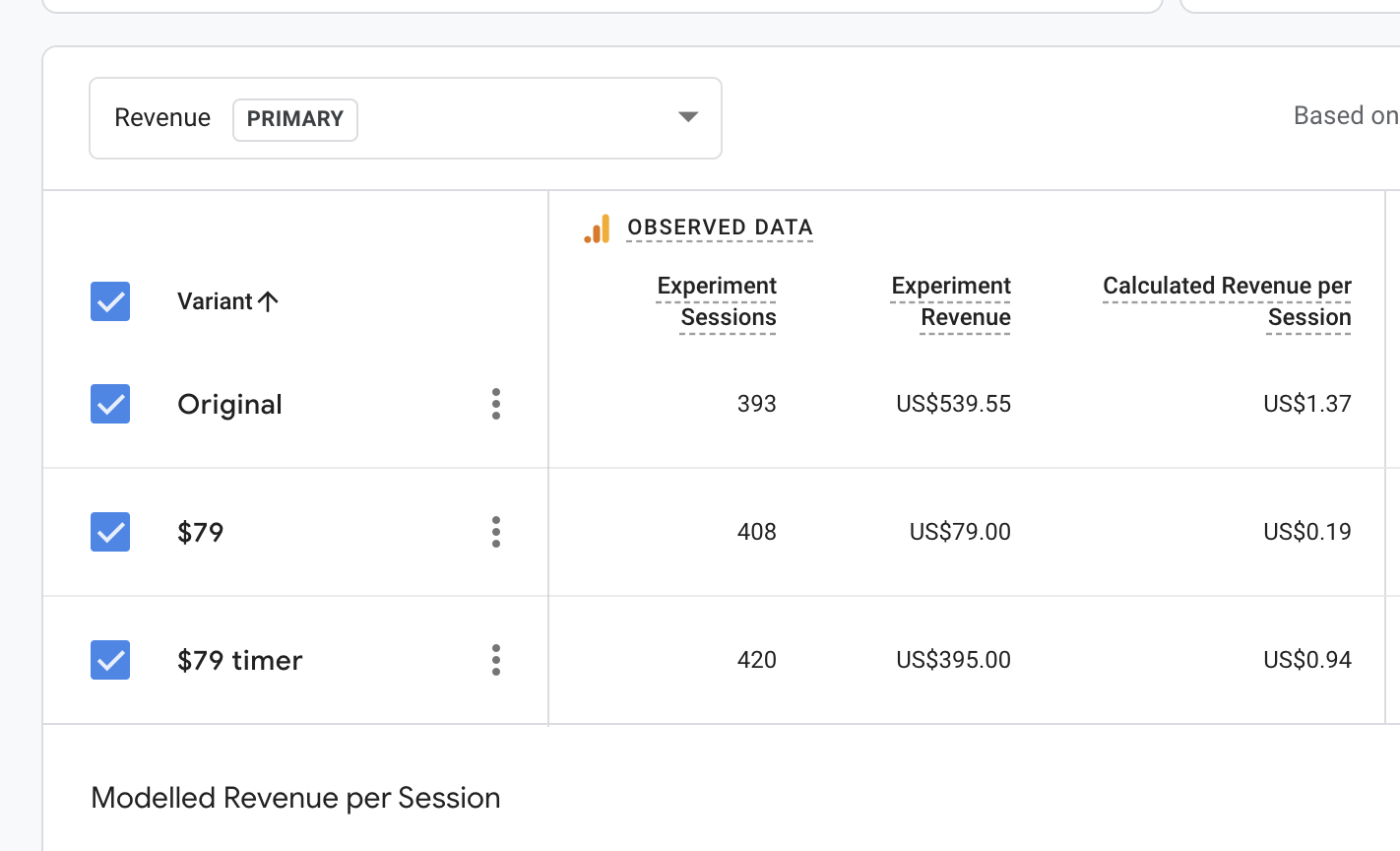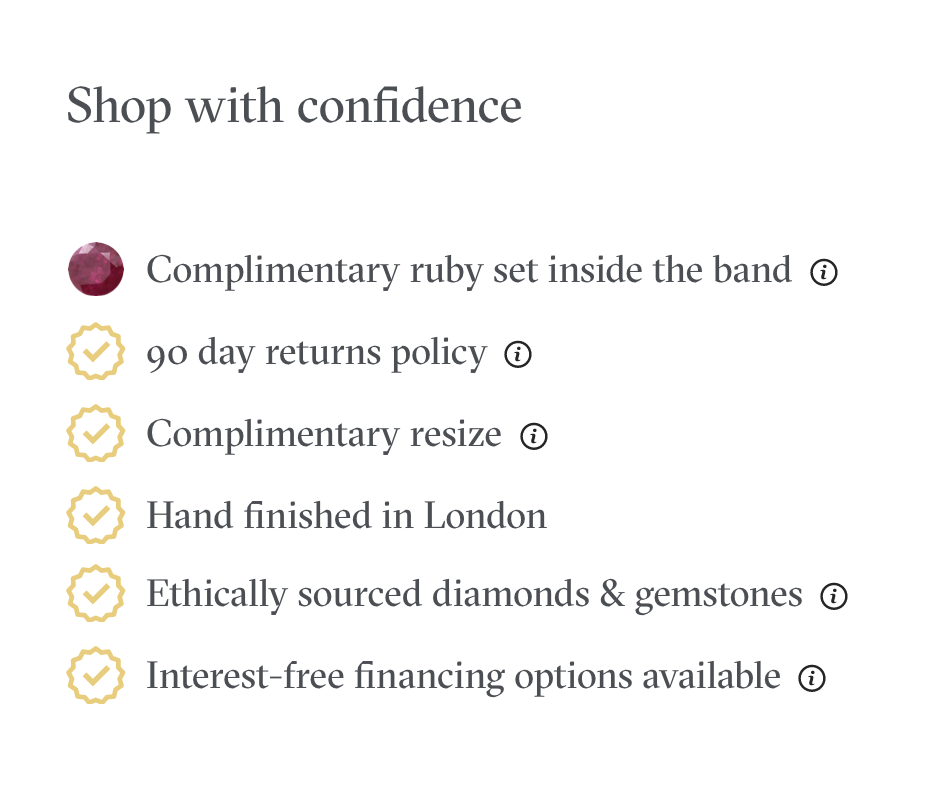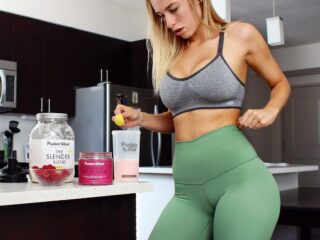Many years Ed Newton Mayer created a 40/40/20 marketing formula. It’s considered successful for many decades. And today I’ll show you how this formula can empower your eCommerce business.
It saying that 40% percent of your marketing success depends on your audience, another 40% on your offer, and the last 20% percent is your creative part… The way your advertising campaigns and product looks. Also called aesthetics, the art of beauty, where every detail matter. For example, you see me in these pair of glasses.
Now imagine my face as a product that you want to market. Once you start using the picture of me in your paid advertising it may deliver unstable results. If I put these frames on, the performance of the marketing campaign may improve.
Frame ad examples 1:

Frame ad example 1:

Why?
Becouse it’s bold, it attracts more attention, and the more attention you have the less you might pay to get a client. I will exemplify this later in this video.
Now.
I will prove to you the power and examples of 40/40/20 formula in real practice. Using the data from businesses that my marketing agency is managining. So that you will be able to increase your marketing performance. And take much more informed and smarter decisions for yourself.
The first part of this formula: 40% Audience
How audience influences your marketing performance. Well, let’s take a look. In this picture, we have some statistics for a jewelry brand. The pictures show a marketing campaign where I targeted 18 audiences by interests. A part of the audience has interest in other jewelry brands. Another part of the audience is interested in fashion magazines. And another part has interest in marketplaces like Farefetch. In total, I have 18 audiences, and only 3 audiences bring us desired return on advertising spent. Our desired roas is 3. It means that for every dollar that we invest in advertising we want to earn 3. This is our goal on prospecting level, or remarketing level this KPI, of course, will be much higher.

So testing as many audiences as possible is mandatory at the beginning of your journey. Usually out of 100 audiences only 20 are going to perform well. Facebook, Instagram, and Google marketing algorithms become smarter every day. Now it can find your audience without any continuous testing. It’s called broad targeting and can work once you have enough sales data. The algorithm learns about your target audience and delivers the advertising to the people who are most likely to buy. If you have enough buyers data try broad targeting and you might get positive results.
When using broad targeting, you target the entire country. To speed up the process of finding an audience most likely to buy, duplicate your ad sets a few times. This is what I always do:

The second part: 40% Offers in Ecommerce
When it comes to the offer I would be very cautious here. In some cases, it makes sense to use offer like buy one get one free, discount, or free shipping, in other cases not. The offer is not always working as we think.
You have to test the offer page versus the original product page without an offer. To be sure your calculated revenue per user session is worth using the offer.
You can measure it with Google Optimize. You can do hundreds of experiments with Google Optimize. In eCommerce like almost anywhere else, every detail matters. Every detail will Influence your marketing key performance indicators. Google optimize will help to validate all your hypothesis so that you’ll make the right decision.
I have a client where we were using a buy one get one free offer. Unfortunately, we had to stop using the offer and switched back to the normal price. Our calculated revenue per session was higher than without the offer.

Offer in Ecomerce during the holiday season: Also, offers may deliver better results depending on the season, during the holiday season offer usually outperform standard product page.
Be careful with the offers, always compare their effectiveness with the original product page where you don’t have any offers. In the end, your goals to keep a higher return on advertising spent and get more revenue out of every single user.
40% Offer rule in a luxury Ecommerce
Also, be cautious with the offer in a luxury E-commerce segment. It will influence the perception of a luxury brand. All you can do in this case for a luxury brand is to adjust your messaging. This also will influence your key performance indicators on advertising and website level. Instead the offer, work on your messaging. Make it sound more valuable to the potential buyer, a message that will convince to buy from you. For example, Taylor and Hart selling diamonds rings are using the following messages below ATC button:

Ecommerce marketing part number 3: 20% Creative
The 40/40/20 rule attributes a little percentage to creativity. Only 20%. In my experience creativity must have a higher hierarchy and percentage. When I mention creativity, I cover all the aspects like product designs, pictures, videos, descriptions, even the way your website looks like. Everything that covers aestethics. The art of beauty. We are naturally attracted to beautiful things. And the more attractive your product to the audience the higher your return on advertising will be.
Not all products will make your brand successful. For example in this picture I do have advertising for a luxury brand, as you at the bottom I do advertise gold coral bracelet, and it doesn’t bring us decent ROAS… While other products on the top in this picture do. So design and aesthetics of your product will influence your marketing performance. All you need to do is just test, test and test, and make decisions based on data.

In conclusion? Does the 40/40/20 rule is still effective for your ECommerce marketing strategy?
Does the 40/40/20 rule is still effective, yet it is. But I believe that this formula is outdated and we need to add аdjust it. I would differently add analytics/data and will add more percentages towards the creative part as well. Marketing evolved very fast since this rule was invented. Now we have access to various marketing technologies and data. As for me, it’s all about data. We are using a marketing budget to buy data so that we can optimize it and get better results. The data is optimized by people, by the use of their expertise and creativity and here we need to work with various specialists like UI, UX, COPYWRITER, PHOTOGRAPHER/VIDEOGRAPHER, CONVERION RATE OPTIMIZATION SPECIALIST, ILLUSTRATOR, GRAPHIC DESIGNER, DATA ANALYTICS, WEB DEVELOPER, etc. Every expert and specialist has something that can improve your data. You as a business owner must understand how to interpret the data and find the right expert to improve it.
This is the end of this video. Please let me know your questions below, or if you want me to cover a specific problem related to your eCommerce or marketing strategy, comment below.
Thank you for watching. Don’t forget to like, share and save this video! It will give me additional motivation to produce more videos for you so that you can level up your marketing strategy and mindset.





Leave a Reply
You must be logged in to post a comment.